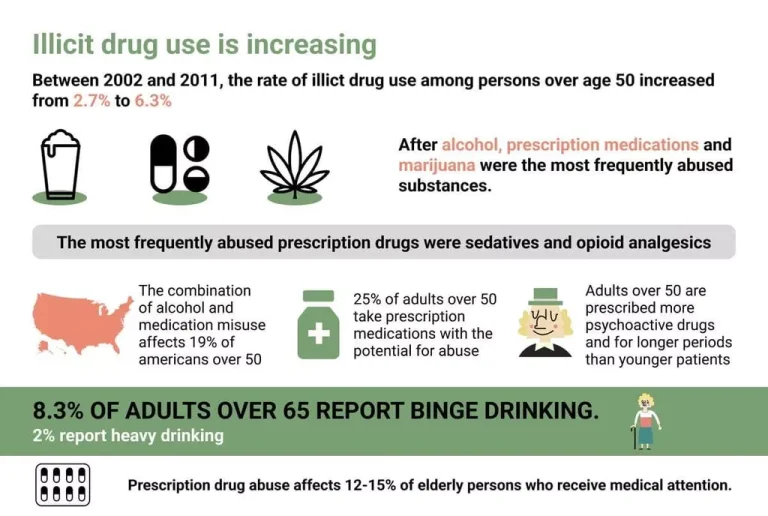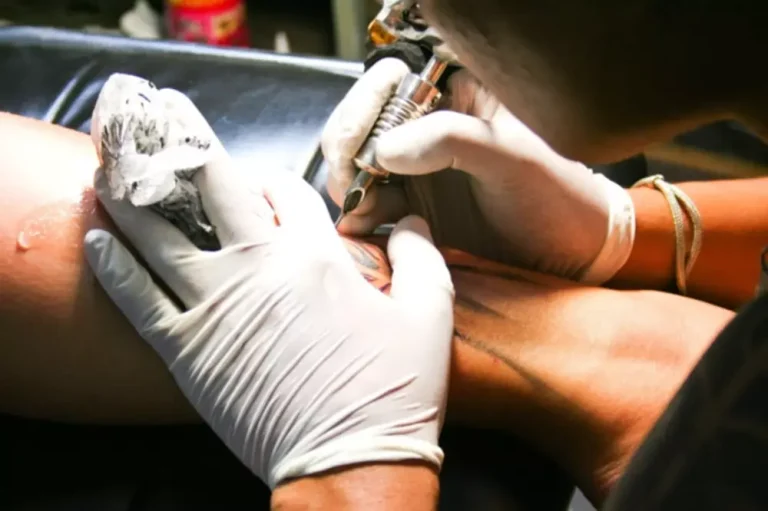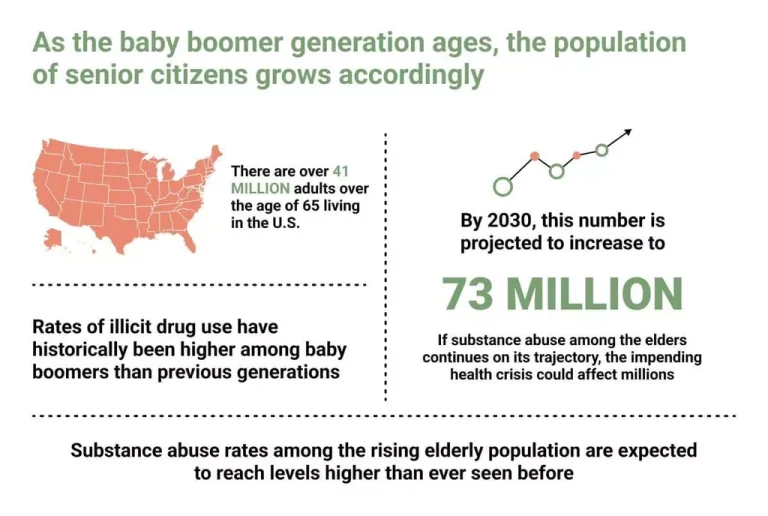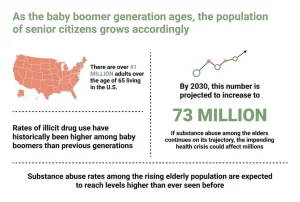
Following PAE, an increase in pro-inflammatory microglia in the cortex is found 91. This increase seems fetal alcohol syndrome to be triggered in part by EV signaling from developing cortical cells and involvement of TLR4 receptors as mediators of the microglial inflammatory response following PAE 90. Another study observed that ethanol exposure (70 mM ethanol concentration for 3 days) on ex vivo murine fetal neural stem cells significantly elevates a group of ethanol-sensitive miRNAs in NSC-derived EVs 5. Overexpression of miR-140-3p, one of the elevated EV miRNAs, in naïve fetal neural stem cells results in a significant increase in the proportion of S-phase cells and a decrease proportion of the G0/G1 phase compared to the controls. MiR-140-3p overexpression results in abnormal neuronal progenitor cell growth and maturation caused by a predominance of astroglial maturation over neural and oligodendrocyte differentiation 5.
Treatment / Management

Fetal alcohol syndrome happens when a person drinks any alcohol during pregnancy, including wine, beer, hard ciders and “hard liquor”. One reason alcohol is dangerous during pregnancy alcoholism is that it’s passed through your bloodstream to the fetus through the umbilical cord. The baby doesn’t metabolize (break down) alcohol in the same way an adult does – it stays in the body for a longer period of time. This condition can be prevented if you don’t drink any alcohol during pregnancy. It’s possible that even small amounts of alcohol consumed during pregnancy can damage your developing fetus.

Innovating for impact: Jordi Labs on aligning methodologies with FDA expectation

Importantly, these modifications are dynamic—that is, they can be removed again by specific enzymes. Beers labeled “no-alcohol” or “low-alcohol” may contain higher levels of alcohol than reported or suggested by the label. Receiving treatment as soon as possible in childhood can help decrease the likelihood of developing these secondary effects in life. Parental training is meant to help parents to help families cope with behavioral, educational and social challenges. Parents might learn different routines and rules that can help their child adapt to different situations. Often, having a stable and supportive home can help children with FAS avoid developing mental and emotional difficulties as they get older.
- There are no exact statistics of how many people have fetal alcohol spectrum disorder (FASD).
- Drinking alcohol late in pregnancy can cause temporary symptoms in newborns soon after birth.
- Fetal Alcohol Syndrome (FAS) is the most severe collection of alcohol-related birth defects, and is defined by pre- and post-natal growth retardation, minor facial abnormalities, and deficiencies in the central nervous system (CNS).
4. Fetal Alcohol Spectrum Disorder: Global Implications
- The murine Agouti (A) locus regulates the animals’ coat color; animals that carry two copies of the common variant, referred to as the wild-type allele, (i.e., a/a mice) display a pseudoagouti (i.e., brown) coat.
- An additional study by Guo and colleagues (2011) assessed the effects of alcohol on histone modifications in the cerebellum.
- Because FASD is a developmental abnormality, disruptions in normal cellular differentiation driven by changes in gene expression that in turn are regulated by epigenetic mechanisms are most likely involved in FASD pathogenesis.
- Although studies have investigated the genetic susceptibility to FASD, the underlying cause(s) of these disorders still remains unclear.
- Asymmetric growth restrictions, which result in a normal-sized head but smaller than normal abdominal cavity, may result in the third semester.
- A critical period in human development that can affect a person’s lifelong health status and quality of life is puberty.
Additionally, the prevalence of FASD among youth in correctional services was over 23% in Canada 96, and over 14% among psychiatric care populations in the United States 97. If you think there could be a problem, ask your healthcare provider for a referral to a specialist (someone who knows about FASDs). Specialists could be a developmental pediatrician, child psychologist, or clinical geneticist.
- Both of these types of epigenetic modifications work together to remodel the chromatin and partition the genome into two different functional domains—transcriptionally active regions collectively known as euchromatin and transcriptionally inactive regions collectively called heterochromatin.
- At this point in the developmental timeline, gastrulation commences and the three embryonic germ layers (ectoderm, mesoderm, and endoderm) are set.
- It’s also recommended that you avoid beverages containing alcohol when you’re trying to become pregnant.
- The cranial neural crest cells (NCCs) contribute to the formation of the craniofacial bones.

The effects of PAE are multifactorial and more research is needed to elucidate the effects of PAE so interventions can be made to attenuate debilitating consequences. Even if PAE does not directly affect the onset of puberty, the effect of PAE on the HPG axis is still vital to understand since the reproductive system is intimately connected with the HPG axis. Various studies have shown that PAE leads to https://ecosoberhouse.com/article/5-reasons-sobriety-tattoos-are-a-terrible-idea/ changes in both female and male reproductive health.
- In the first two weeks following fertilization, excessive alcohol consumption does not generally have a negative effect on the zygote and emerging blastocyst (pre-embryo).
- This period of intense neuronal creation, organization and connectivity is called the brain growth spurt.
- Children do best if they are diagnosed early and referred to a team of providers who can work on educational and behavioral strategies that fit the child’s needs.
- Researchers recently have begun to investigate epigenetic mechanisms as key contributors to the development of FASD.
- The term epigenetics, first defined by Waddington in 1942 (as reprinted in Waddington 2012), refers to the changes in gene expression that occur without changes in the DNA sequence itself.
- These fetal alcohol spectrum disorders classify the wide-ranging physical and neurological effects that prenatal alcohol exposure can inflict on a fetus.
